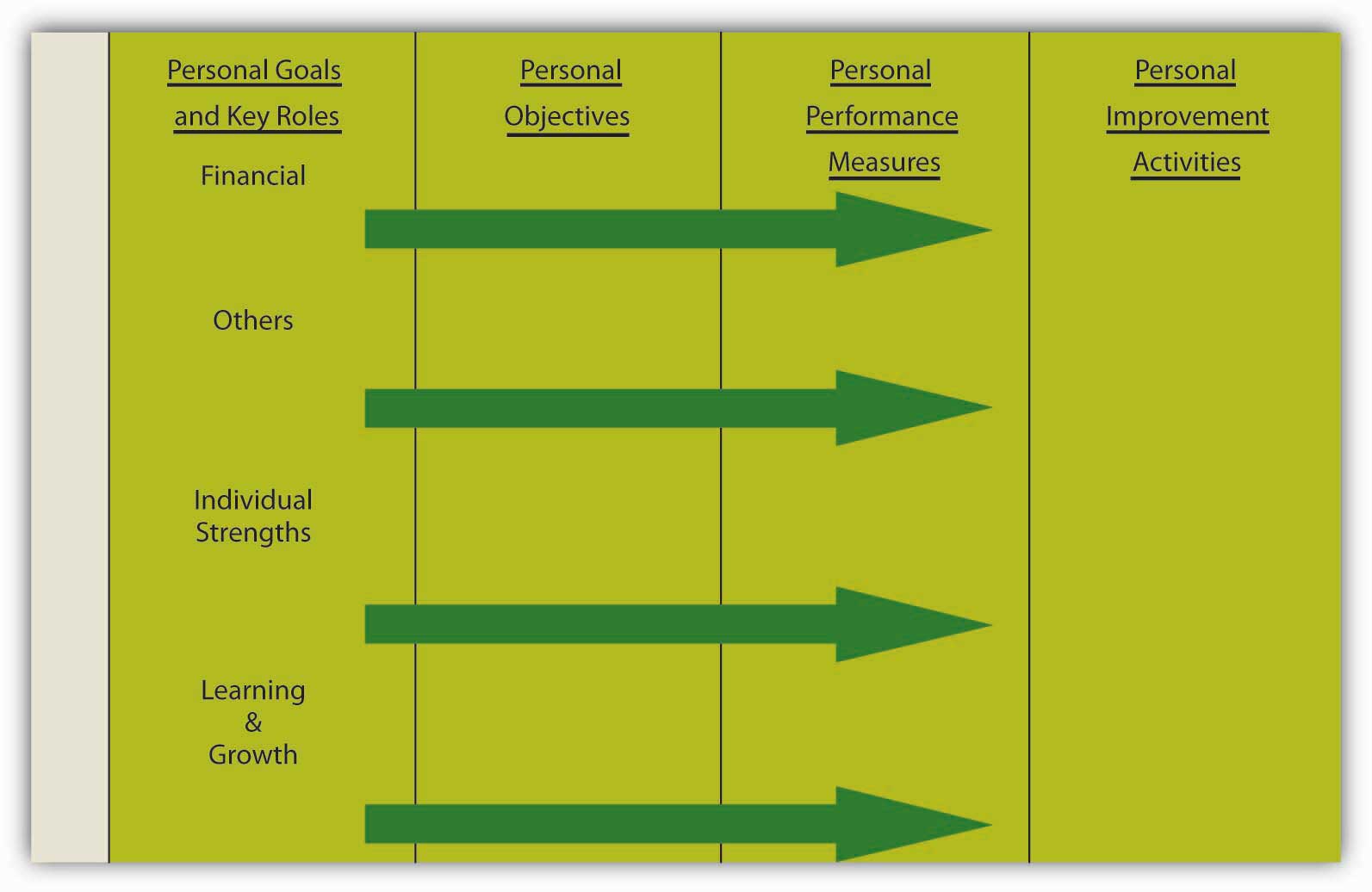

This is therefore a quantification of the added value that is delivered in the organization. The delivered added value from the other three perspectives will be translated into a financial success. In addition, it provides a reliable insight into the operational management and the sustainability of the chosen strategy. This is mainly a quantitative benchmark based on figures from the past. It answers the question: “ How attractive must we appear to our shareholders and financial backers?”. The financial perspective is important for all shareholders and other financial backers of an organization.

The starting points of the balanced scorecard are the vision and the strategy that are viewed from four perspectives: the financial perspective, the customer perspective, the internal business processes and learning & growth. The (operational) actions are set up with measurable indicators that provide support for understanding and adjusting the chosen strategy. In addition, it can help provide information on the chosen strategy more, manage feedback and learning processes and determine the target figures. Its objective is to translate an organization’s mission and vision into actual (operational) actions ( strategic planning). The Balanced Scorecard (or balance score card) is a strategic performance measurement model which is developed by Robert Kaplan and David Norton. This article also contains a downloadable and editable Balanced Scorecard template. After reading you will understand the basics of this powerful strategy and performance management tool. This article explains the Balanced Scorecard, developed by Robert Kaplan and David Norton, in a practical way.


 0 kommentar(er)
0 kommentar(er)
